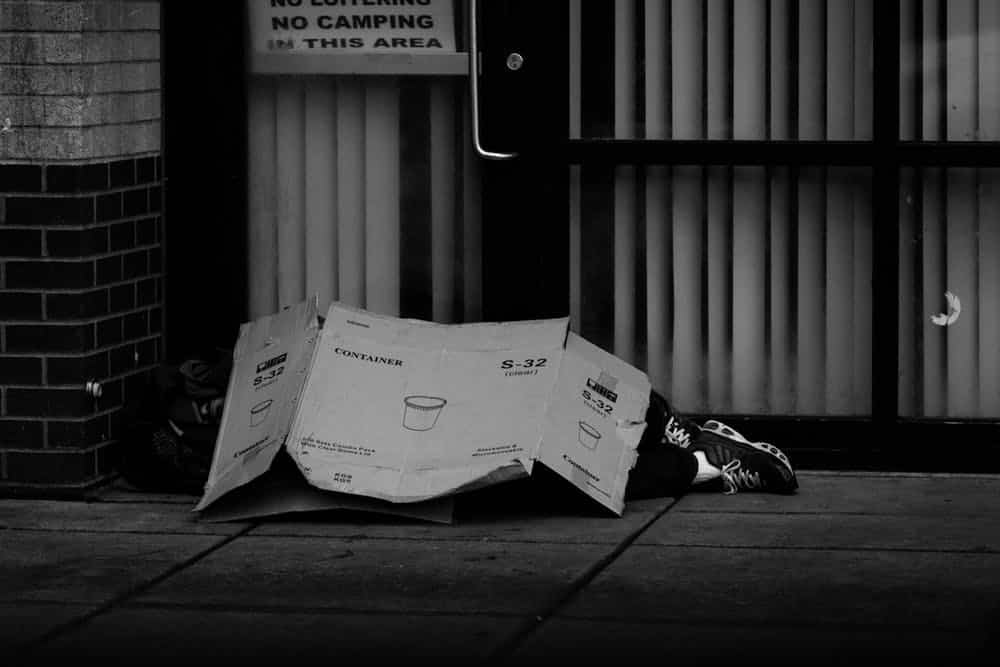More than half of homeless youth in Atlanta have been victims of human trafficking, with LGBTQ and black homeless youth being more at risk, according to the Atlanta Youth Count 2018 study.
The study, done by Georgia State University sociology professor Eric Wright, found that about 3,372 people living in Atlanta ages 14 to 25 are homeless. Of these homeless youth, 54 percent had experienced some kind of human trafficking—defined as the “’acquisition of people by improper means such as force, fraud, or deception, with the aim of exploiting them’ for sexual acts or labor services” in the report—and 37 percent experienced it only after becoming homeless.
Looking at the LGB youth who were homeless, these numbers were even higher: 61 percent of LGB homeless youth in Atlanta has experienced human trafficking, 44 percent since becoming homeless. And among trans and non-binary homeless youth, the numbers are even higher: 71 percent had experienced trafficking, 65 percent since becoming homeless.
This homeless youth population is disproportionately black, as well: 56 percent were black or African American and 32 percent were multiracial.
“[LGBT] youth stand out as being particularly at risk of being trafficked,” the report concludes. “These youth require special attention in the provision of safe and secure services, as well as services that are grounded in trauma-informed care principles.”
The author further concluded the longer a young person is homeless, the more likely they are to experience trafficking, exposing the importance of early intervention.
“Early intervention among youth who become homeless is critically important to prevent trafficking and other negative outcomes,” the study reads. “The longer the youth are homeless or experiencing housing insecurity, the more likely they are to experience trafficking. Service providers should concentrate on both prevention of homelessness of the youth they serve and early housing interventions for those youth experiencing homelessness.”

